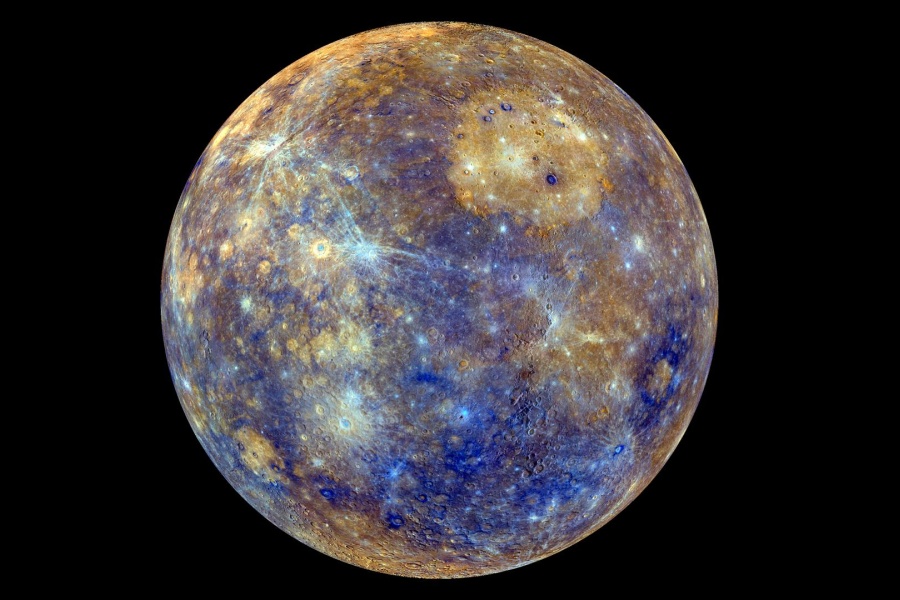For no particular reason (aside from the fact that it’s the end of the month and I’m one entry short of the three-a-month goal), here’s a random sampling of places that make California so extraordinary:
- Death Valley Most places that have “death” in the name probably don’t deserve it, but this one most-assuredly does. That said, visiting outside of the summer months is awesome – Badwater Basin is an expanse of salt flats like no where else, the surrounding mountains rise to over ten thousand feet in elevation, and the rock at lower elevations is a rainbow of mineral-stained artistry. Visiting the backcountry requires traversing roads and terrain that make you wish you had an extra two feet of ground clearance and rock climbing gear. And around each corner is something surprising, ranging from giant craters to dry lakes to remote signposts decorated with teakettles.
- Big Sur It is doubtful whether anyone has ever put together a list of “prettiest roads in America” that didn’t include Highway 1 along the Big Sur Coast. Seacliffs are always scenic, but then you also get redwoods, sea otters, millions of birds, raging oceans, and a road not meant for those prone to car sickness.
- The Salton Sea. The first time I visited this engineering debacle I was shocked to discover how bizarre it was. Several years later when I returned with Audrey she remarked that she was shocked that it was “exactly as weird as you described”. Ghost towns consisting of 1960s vacation homes, a stinking toxic lake filled with huge numbers of birds, and scattered human populations that seem reminiscent of a Mad Max movie. PLUS, it’s 120 degrees in the summer, so you get to take in the scenery while slightly delirious from heatstroke.
- The Sierra Nevadas Yosemite National Park and Sequoia National Park are the two most obvious highlights, but Highway 395 along the Eastern Sierra passes by the massively-odd Mono Lake, travels past the highest mountain in the lower-48 states, and then lets you out next to the home of Virgin Galactic and an airplane graveyard.
There is much more – the Redwoods, Mount Lassen volcano, the random roads that traverse the area around Mount Shasta, Joshua Tree, Monterey, San Francisco Bay, the wildlife refuges hidden throughout the Central Valley, etc, etc. Overall, not too shabby of place to have settled down.



